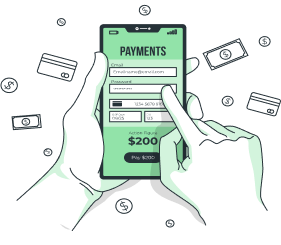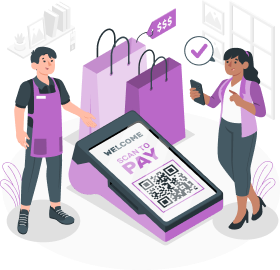1. Limited Access to Technology:
In regions where access to technology, internet connectivity, or electronic payment systems is limited, manual payments may be more accessible and feasible.
2. Personal Preference:
Some individuals or businesses may have a personal preference for traditional methods or may not be comfortable with electronic transactions.
3. Specific Situations:
Certain situations or circumstances may make manual payments more practical. For example, in-person transactions or scenarios where immediate payment confirmation is required.
4. Smaller Businesses:
Smaller businesses, particularly those with limited resources or operating in less technologically advanced areas, may find it easier to manage manual payment processes.
5. Flexibility:
Manual payments offer a level of flexibility that may be beneficial in unique or one-time transactions where setting up automated systems is not cost-effective or necessary.
6. Ease of Use for Certain Customers:
Some customers may prefer or find it easier to make payments using familiar manual methods, such as cash, checks, or in-person card transactions.
7. Situations Requiring Immediate Confirmation:
In cases where immediate confirmation of payment is crucial, manual methods may be preferred, as they may provide a more instantaneous verification process.
8. Adherence to Regulatory Requirements:
In certain industries or regions, regulatory requirements may necessitate manual processes for financial transactions to ensure compliance.













